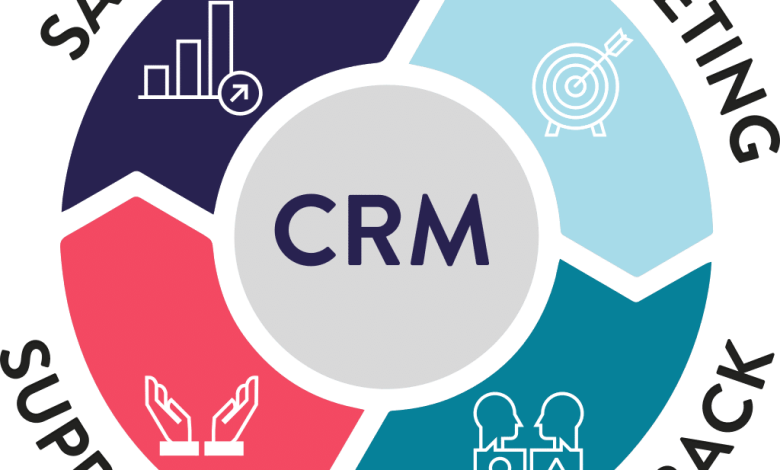8 elements of customer relationship management – Explanations and Benefits.

Customer Relationship Management (CRM) is a strategic approach that organizations adopt to manage interactions with current and potential customers. This management of relationships with customers can lead to increased sales, improved customer service, and enhanced customer satisfaction and loyalty. Here’s an overview of the eight key elements of customer relationship management, along with real examples and benefits for organizations:
1. Customer Data Management
- Explanation: Collecting and analyzing customer data to understand their behaviors, preferences, and needs.
- Example: Amazon uses customer data to recommend products based on browsing history and previous purchases.
- Benefit: By understanding customer preferences, organizations can personalize their offerings, leading to increased sales and customer satisfaction.
2. Customer Segmentation
- Explanation: Dividing a customer base into smaller groups based on shared characteristics.
- Example: Spotify segments its users based on listening habits, allowing it to send personalized playlists and recommendations.
- Benefit: Targeted marketing efforts can enhance engagement and make promotional efforts more effective, resulting in higher conversion rates.
3. Customer Interaction as elements of customer relationship management
- Explanation: Managing all interactions with customers across various channels (email, social media, phone).
- Example: Zappos excels in customer interaction, offering responsive support via phone, chat, and social media.
- Benefit: Effective management of customer interactions leads to enhanced customer experiences and trust, fostering loyalty.
4. Sales Automation
- Explanation: Automating sales processes to improve efficiency and productivity.
- Example: Salesforce offers tools for automated lead management and sales forecasting.
- Benefit: Automation allows sales teams to focus on closing deals rather than manual administrative tasks, increasing overall sales performance.
5. Customer Support and Service
- Explanation: Providing efficient and effective support to customers throughout their journey.
- Example: Apple’s customer support includes a robust online knowledge base, phone support, and Genius Bar appointments.
- Benefit: Excellent customer service leads to higher retention rates and encourages customers to become brand advocates.
6. Performance Measurement
- Explanation: Monitoring and analyzing key performance indicators (KPIs) related to CRM efforts.
- Example: Companies like HubSpot track metrics such as customer acquisition cost (CAC), customer lifetime value (CLV), and net promoter score (NPS).
- Benefit: By analyzing performance metrics, organizations can refine their strategies, improving customer satisfaction and optimizing resources.
7. Integration with Other Systems
- Explanation: Ensuring that CRM systems work seamlessly with other business systems such as ERP and marketing automation.
- Example: Microsoft Dynamics integrates with other Microsoft products to provide a comprehensive view of customer interactions and company operations.
- Benefit: Integration leads to better data consistency and collaboration across departments, enhancing decision-making and overall efficiency.
8. Customer Feedback and Improvement
- Explanation: Actively seeking and analyzing feedback to continuously improve products and services.
- Example: Starbucks regularly surveys customers through its app and uses feedback to refine its offerings and service.
- Benefit: By acting on customer feedback, organizations can innovate and meet customer needs more effectively, enhancing customer loyalty.
Summary
By focusing on these eight elements of customer relationship management, organizations can build and maintain strong customer relationships, leading to improved customer satisfaction and loyalty, ultimately driving revenue growth and business success. Effective implementation of CRM strategies allows companies to better understand their customers, tailor their services, and efficiently manage interactions, resulting in long-term competitive advantages.





One Comment